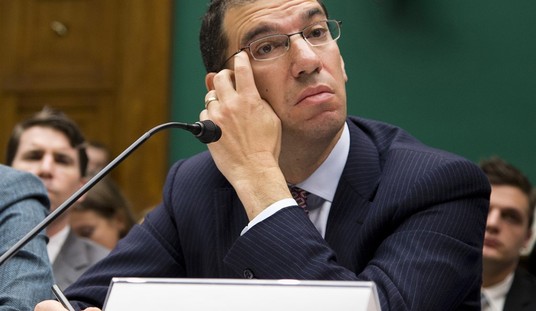There are more than 3,000 counties in the United States. If I were to ask you which one of them was the riskiest place to live, you might be tempted to say it would be a county encompassing Baltimore or Portland. Perhaps New York City and Chicago would make your list. In some cases, you might be correct, but not for the reasons you think, at least according to a new study compiled by the Federal Emergency Management Agency. You see, my initial reaction was to think about places with the highest violent crime rates, gang violence and street mobs. But what FEMA was looking at was the odds of a natural disaster striking and wreaking havoc on residents. And coming in at the top spot on the National Risk Index was Los Angeles County. The reasons have nothing to do with the Crips and the Bloods or their incompetent government, however. (Associated Press)
Spending her life in Los Angeles, Morgan Andersen knows natural disasters all too well. In college, an earthquake shook her home hard. Her grandfather was affected by recent wildfires in neighboring Orange County.
“It’s just that constant reminder, ‘Oh yeah, we live somewhere where there’s natural disasters and they can strike at any time,’” said the 29-year-old marketing executive.
The Federal Emergency Management Agency has calculated the risk for every county in America for 18 types of natural disasters, such as earthquakes, hurricanes, tornadoes, floods, volcanoes and even tsunamis. And of the more than 3,000 counties, Los Angeles County has the highest ranking in the National Risk Index.
Given all of the earthquakes and wildfires, you might figure that L.A. County would be up there on the list, but some of the other locations are more surprising. Well, at least to me, anyway.
For example, if you were asked to guess which county was at the greatest risk from tornado damage, you’d probably suggest someplace in tornado alley, like populated areas of Oklahoma or Kansas. But it turns out that the five counties with the highest tornado risk rating are in and around New York City, Philadelphia and New Jersey. Oklahoma County ranks 120th on the list. That sounds completely counterintuitive, but those rankings are based on the criteria that FEMA used to come up with their figures.
Oklahoma County has recorded more than 120 major tornados in the past 70 years. Most people in Gotham and Philly have never seen a tornado outside of watching nature documentaries on television. And the ones that hit New York State every few years tend to be F-0 twisters that aren’t much larger than a sizeable dust devil. But every once in a while a big one does strike. When they do, the damage is vastly worse than in Oklahoma County, where building codes have been created to minimize the impact of tornados, and people are used to dealing with them. Not so in Philly or New York.
When you add in the fact that the Big Apple is occasionally hit by serious hurricanes, you start to understand why three counties in the New York City area are on the top ten list of riskiest counties overall, not just for tornados. The other factor in potential damage from natural disasters is population density. Once again, New York has all the factors that make an area susceptible to massive damage from such events. Look no further than Hurricane Sandy for evidence.
The other category that seemed interesting was the one covering flooding. You would assume that counties along the coasts at low elevations would be the most at risk. And for quite a few of them, you’d be correct. But some of the highest risk ratings are assigned to counties that are far from the oceans but have sizable rivers running through them. They may only see two or three floods in a century, but when it happens it can wipe out entire areas overnight.
Check out the list and see where your county ranks. I’m not sure if this is a good enough reason to pack your things and move to Loudoun County, Virginia, located in the suburbs of Washington, D.C. (The least risky county in the nation if you don’t count swamp creatures.) But it might make you give a bit more thought to what sort of disaster insurance you have.








Join the conversation as a VIP Member